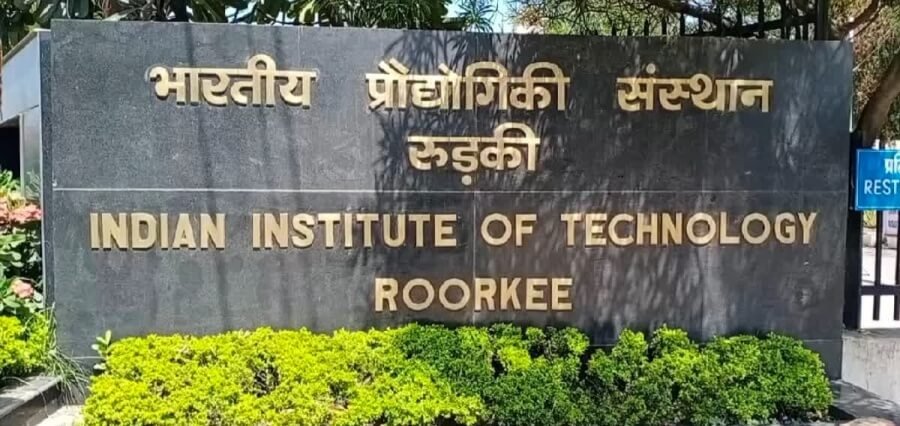Google has made one of the biggest steps forward in battle against diabetic retinopathy by licensing its AI model to partners in India and Thailand. It is hoping to overcome an important shortage of eye specialists in these countries by enhancing access to essential eye care and reducing preventable blindness associated with this condition.
It’s nearly nine years since Google Research started collaborating with major institutions, such as Aravind Eye Hospital in India and Rajavithi Hospital in Thailand, to study the feasibility of AI in detecting diabetic retinopathy. This collaboration has now grown into a larger association with healthcare providers and health-tech companies, meant for the effective distribution of the AI model.
New partners added Forus Health, makers of medical equipment headquartered in India; AuroLab, a nonprofit ophthalmic manufacturer; and Perceptra, an AI medical imaging company in Thailand. Additionally, Google has been partnering with the Ministry of Public Health of Thailand, through its Department of Medical Services, to support implementing the AI model for the national diabetic retinopathy screening program. This will help the application of AI technology in public sector hospitals, consequently reaching a greater number of people.
These partnerships extend beyond the deployment of technology: they deliver six million AI-enabled screenings free to patients over a decade. It is urgent, given the number of people that are projected to be affected by diabetic retinopathy will balloon from 126.6 million in 2010 to 191 million by 2030.
Present research has highlighted potential AI applications for this end. Researchers in a paper in The Lancet purported that the algorithm, by using deep learning algorithms, could detect vision-threatening diabetic retinopathy with accuracy comparable to community specialists. Google’s initiative in screening technology aims to utilize AI in overcoming this challenge, especially where little might have been done to impact the consequences of diabetes in the eyes of the people in underserved regions.
Read More: Click Here





